 If you don’t know what subrogation is, then this article isn’t for you. In this posting, I am speaking only of personal automobile subrogation recovery. A recent teleconference with some claims professionals made me think of this blog posting.
If you don’t know what subrogation is, then this article isn’t for you. In this posting, I am speaking only of personal automobile subrogation recovery. A recent teleconference with some claims professionals made me think of this blog posting.
Subrogation recovery is a difficult skill to master. There are two fundamental approaches to maximizing recovery. One approach focuses on speed, and the other is based on securing the most future money. Think of the fable “The Tortoise and the Hare” and the lesson it teaches. We believe that lesson is well applied in the area of subrogation, and our long term numbers can prove it.
The two methods are:
- Specialists are instructed to find insurance claims and good telephone numbers and call as many as possible as quickly as possible.
- Specialists are instructed to offer big discounts for lump sum settlements to uninsured motorists.
- Specialist are instructed to close files down after 90 days if they can’t find the at fault party.
- Specialists are instructed to review cases from oldest and biggest to newest and smallest.
- Specialists are instructed to never offer a discount, but to always offer affordable payment plans.
- Specialists are instructed to close files down only if there is no more potential for recovery or location of the adverse party.
It is strange to me that many carriers prefer the speed approach when it comes to subrogation. I understand it for claims settling, but not recovery. Over the course of about 17 years claims recovery experience, I have monitored both approaches over extended periods. Using the speed approach, there is a consistent average of between 10% -14% recovery of closed files (based on quality of talent). Using the investment approach, the first 24 months of efforts generally produce very little recovery (between 2% and 8%), BUT in years three and four the investment approach exceeds the results of the speed results retroactively (back to the beginning of efforts)! Further, after year 4, recoveries start increasing yearly and consistently exceed 15% of closed files. Another reason the investment approach is our choice is that it lends a good book of judgments that last perpetually and where recovery efforts can be consistently made over the course of many years until the tortfeasor has funds available or becomes interested in getting a driver license. The investment approach saves more potential for longer and ultimately recovers more, but it takes about 4 years for the efforts to pay off and the numbers to shed the light on the truth.
NOW. . . some carriers are taking advantage of some of both methods, but it requires a dedicated subrogation manager that manages nothing but subrogation, and they should be advanced and able to manage a high volume of claims and take the right steps to litigate, secure restitution, bankruptcy payments, and judgment suspensions.
 If you are curious about subrogation tactics and methods, call my office!
If you are curious about subrogation tactics and methods, call my office!
Information is always free at Petty Details, LLC!

